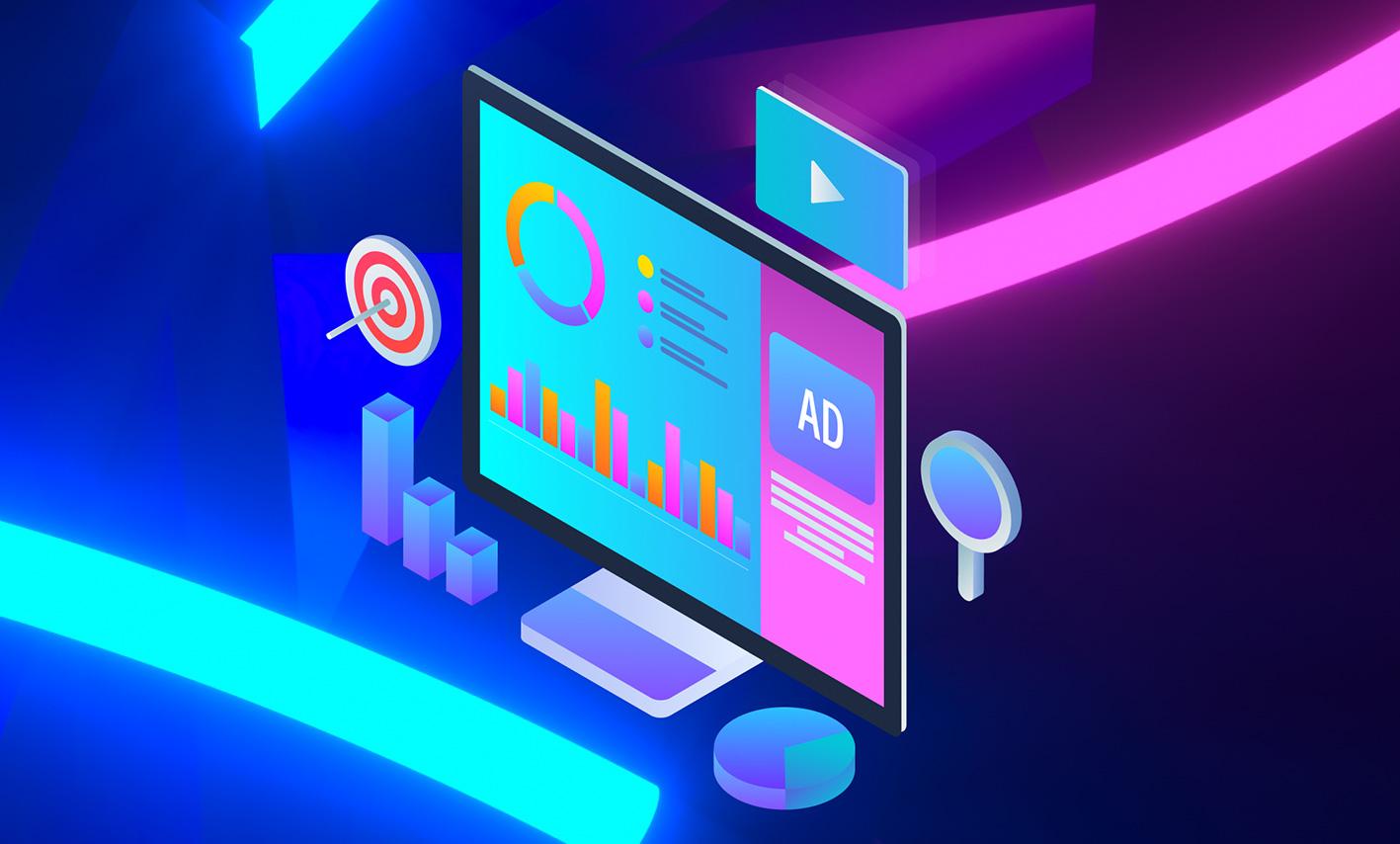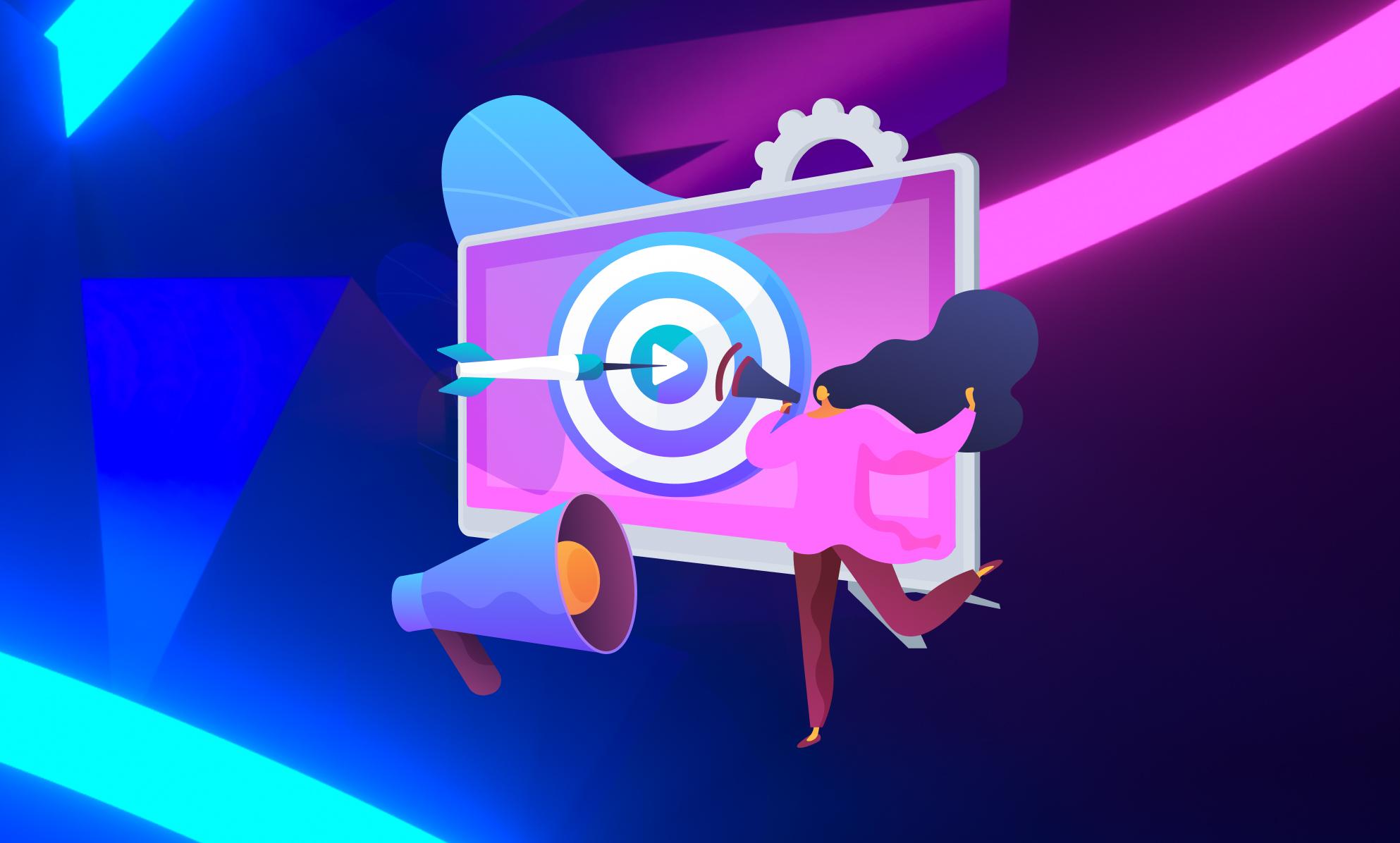May 14 2024
Why Does PPC Look Like Paid Social? And What Does That Mean for Marketing Strategies?
As the world of digital marketing evolves and changes, many practices morph and often become reminiscent of other practices within the industry. This has become the case within Paid Search, looking more like paid social marketing.
At Mediaworks, we’ve seen this shift happen in real-time, and want to provide our insight into how this change has occurred and what it means for marketing strategies going forward.
Convergence of account structures
One significant change we’ve seen at the industry level is the shift in PPC account structures, A/B testing strategies and scaling successes. While most structural decisions for PPC have been made based on campaign, there’s been a trend of this evolving to become more towards the ad set level.
This means that PPC accounts have more nuanced control over individual decisions rather than having to commit to choices that blanket the wider campaign. It’s a huge change, but it allows for more control, similar to how paid social platforms and campaigns can make segmented choices and approaches.
Search themes and audience signals
Another big change within PPC, particularly Performance Max campaigns, is asset groups bringing audiences and creative together, like ad set structure in paid social advertising. Within paid social, you see assets grouped and targeting particular audiences.
Traditionally, PPC aims to target keywords, match types, or bidding strategies to streamline their campaign. But, through effective targeting of audiences and user intentions, it can see improved performance.
Audience targeting
Audience targeting has been huge in the evolution of PPC, with an emphasis on strategising who you intend to reach based on your campaign. Within the realm of Paid Social, advertisers leverage creative assets and visuals to attract targeted audiences. This can include everything from location, engagement with brand, search history or behaviours or habits relevant to the business being promoted.
PPC campaigns meanwhile involve users searching for specific products and services, meaning intent is always clear. When marrying the two approaches together – for instance, traditional PPC search intent with more creative implementation – conversion potential can become much higher.
The focus on audiences has inspired giants like Google and Microsoft to develop audience targeting options directly into their platforms, including offering broader targeting with options to still exclude particular topics and places, such as postal codes, as exclusions instead of targeting.
Socialising PPC is crucial to understanding audience behaviour and regulatory changes for broader targeting purposes, especially for campaigns to see success.
Bidding methods
Bidding strategies have seen significant evolutions in recent years, and it’s important to understand how this has affected them. PPC and other paid media have used cost-per-click (CPC) bidding, with advertisers paying for each click that the ad got.
This has seen a lot of change since video and visual content have seen an increase in marketing, making CPC as a bidding model more outdated when not supported by the right creative strategy. This has forced a more comprehensive approach to paid media, with text and visuals being brought into strategies to help foster growth.
While bidding models for CPC will still make up the majority of your bidding strategy, A/B testing including imagery, videos, Hyperlinks and URL destinations have seen a decrease in overall bidding amount as established brands increase familiarity through creative. Therefore, ads who can be quickly distinguished from similar advertisers can prove more cost effective.
Brand goals then, are no longer just based purely around clicks, and strategising from a more holistic perspective helps to enable said brands to have a more nuanced understanding. Similarly, this should reflect in the auction prices and their perception. High prices don’t equate to high-quality traffic; in the same way, low prices don’t mean low quality. Approaching PPC from this perspective undervalues video and image ads, which might have lower prices as a result of their format but aren’t less effective than other formats.
This is why a holistic approach to PPC strategies is so crucial to success, as brands and businesses shouldn’t disregard lower auction prices because of a perceived low value. With thorough tracking and road mapping, you can see improved cost efficiency and attribution across all channels.
At Mediaworks, our paid advertising team use both data and technology to help supercharge your campaigns on all relevant platforms. Browse our prior work and get in touch to see how we can help you today.


